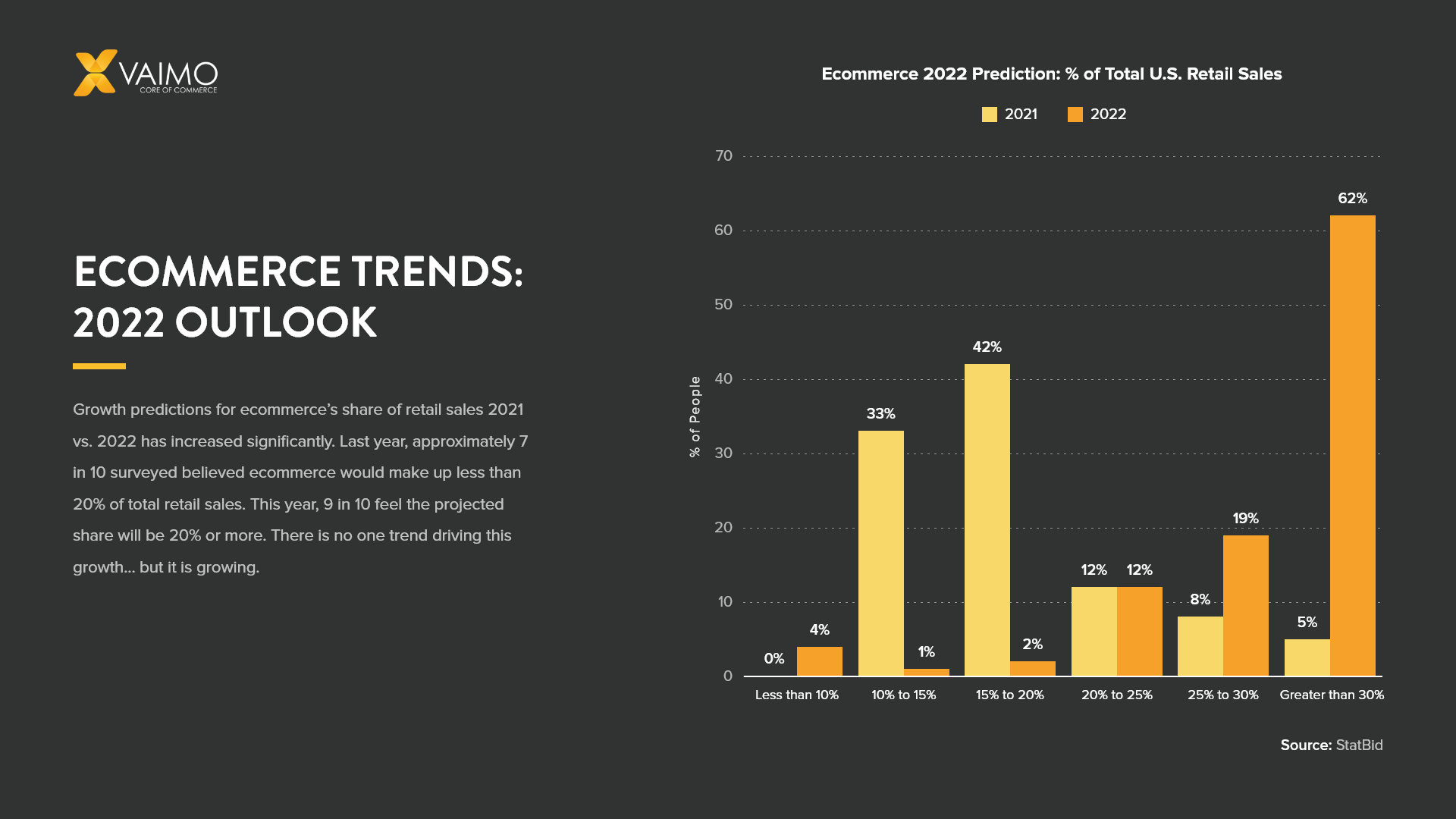The world of ecommerce is rapidly evolving, and understanding the latest trends and opportunities is essential for businesses looking to stay ahead in 2022. With shifting consumer behaviors, technological advancements, and a growing emphasis on sustainability, this year presents countless possibilities for growth and innovation in the online retail space. Here, we delve deep into the current ecommerce trends and opportunities that can shape your business strategies in the coming months.
Ecommerce Trends and Opportunities: Adapting to Changing Consumer Behaviors
As consumers grow more discerning and demanding, it becomes imperative for ecommerce businesses to adapt to their evolving preferences. Here are the key ecommerce trends and opportunities arising from these changes:
Personalization: Meeting the Needs of Individual Consumers
One of the most significant ecommerce trends in 2022 is the demand for personalization. Consumers expect shopping experiences that cater to their specific preferences, from personalized product recommendations to customized marketing messages. Businesses that leverage data analytics to understand their customers better and implement tailored experiences are poised to thrive.
For instance, using machine learning algorithms, ecommerce platforms can analyze previous purchases, browsing history, and user demographics to offer highly relevant product suggestions. This not only enhances the shopping experience but also increases conversion rates, driving sales and customer loyalty. Ultimately, personalized experiences foster a deeper connection between brands and consumers, paving the way for successful long-term relationships.
Embracing Technology: The Role of Automation and AI in Ecommerce
Automation is another trend reshaping the ecommerce landscape. As businesses face increasing pressure to deliver faster and more efficient services, automation technologies are becoming crucial. This includes everything from automating customer service through chatbots to streamlining supply chain logistics.
Efficiency Through Automation
By deploying AI-driven tools, businesses can improve operational efficiency, reduce costs, and enhance customer satisfaction. For example, chatbots can provide 24/7 customer service support, addressing customer inquiries and concerns in real-time. This automation frees up human resources to focus on more complex tasks and strategic decision-making, allowing businesses to stay agile in a competitive environment.
Moreover, automating inventory management ensures that stock levels align with demand, minimizing the risk of overstock or stockouts. Companies that embrace these technological advancements will gain a competitive edge in the ecommerce market and find greater opportunities for growth.
Future-Focused: Sustainability in Ecommerce Trends
As consumers become more environmentally conscious, sustainability is emerging as a crucial consideration in ecommerce trends and opportunities. Many consumers are now opting for brands that prioritize eco-friendly practices, creating a notable shift in the industry.
Building a Greener Future
To meet this demand, ecommerce businesses must adopt sustainable practices throughout their operations, from sourcing materials to packaging and shipping. Initiatives such as sustainable product offerings, reduced packaging waste, and carbon-neutral shipping options can elevate your brand’s appeal and strengthen customer loyalty.
For example, companies like Vaimo are leading the charge by implementing eco-friendly strategies while enhancing their overall marketing narrative. By integrating sustainability into their identity, businesses open new avenues for consumer engagement and demonstrate a commitment to social responsibility.
The Resurgence of Local Shopping: Ecommerce Trends in Community-Centric Retail
Another trend gaining momentum in 2022 is the resurgence of local shopping. With the pandemic prompting consumers to support their local economies, ecommerce businesses that prioritize local offerings are seeing considerable growth.
Community Connections
Businesses that embrace local sourcing and highlight their community ties not only create a sense of connection with their customers but also cater to the growing desire for locally produced products. By emphasizing transparency and ethical practices in sourcing, brands can position themselves as socially responsible while also appealing to the sentiments of their consumer base.
This trend also opens up ecommerce opportunities for collaboration with local artisans and producers, enabling businesses to diversify their offerings while supporting their community. Building strong local connections leads to brand loyalty and drives sales as consumers feel proud to support businesses that align with their values.
Navigating the Mobile Landscape: The Importance of Mobile Commerce
In an increasingly mobile-driven world, optimizing for mobile commerce is essential for businesses aiming to capitalize on ecommerce trends. With the majority of consumers shopping via smartphones and tablets, having a mobile-friendly platform is no longer optional; it’s a necessity.
Creating Seamless Mobile Experiences
To enhance the mobile shopping experience, businesses should prioritize fast-loading webpages, intuitive navigation, and secure payment processes. Providing a seamless experience not only improves conversion rates but also fosters repeat business as customers become more accustomed to engaging with mobile-friendly platforms.
Additionally, leveraging mobile technologies such as location-based services can allow businesses to tailor promotions and advertisements to customers based on their geographic location. Companies that invest in mobile technology will find themselves better positioned to capture consumer attention and facilitate more streamlined shopping experiences.
Conclusion: Embracing Ecommerce Trends for a Successful Future
As we explore the ever-changing ecommerce landscape, it is clear that staying abreast of the latest trends and opportunities is crucial for businesses aiming to thrive. By embracing personalization, automation, sustainability, local shopping, and mobile commerce, ecommerce brands can build a robust foundation for growth. In this dynamic environment, adaptability is key—those who innovate and pivot in response to consumer expectations will not only succeed but also flourish in the competitive ecommerce arena.
In summary, the ecommerce trends and opportunities of 2022 highlight the importance of understanding consumer behavior, harnessing automation technologies, supporting sustainability, and creating local connections. By aligning business strategies with these trends, brands can navigate the complexities of the modern ecommerce landscape and set themselves up for future success. The world of online retail is not just about transactions; it’s about creating meaningful connections and delivering exceptional experiences that resonate with consumers in this new era.
Key Visual on Ecommerce Trends: 2022 Outlook

This visual not only summarizes the insights shared here but also illustrates the potential for growth and adaptation within the ecommerce sector. Take inspiration from the trends and opportunities outlined to position your brand effectively in this ever-evolving marketplace.



